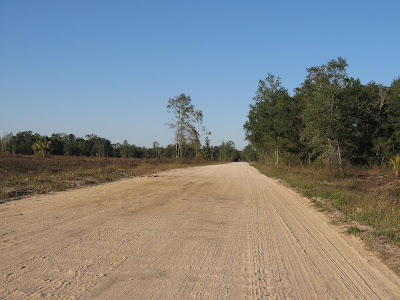We've had a couple good movies lately covering 1968 or thereabouts. American Gangster comes to mind first, but before that there was Talk to Me, about Washington, DC radio rapper "Petey" Green.
It was the first time that "liberal" was used as a smear word in a national political campaign. In the 1968 Florida U.S. Senate race, Republican candidate Edward Gurney tarred former Democratic governor LeRoy Collins with every permutation of liberal possible. All designed to evoke images of social "excess"--radicals, hippies, and yippies. Feminism, civil rights, national welfare policy, and the peace movement spurred the social schism. To me, the telltales spoke quickly:
January 13: Johnny Cash records "Live at Folsom Prison."
January 30: The Tet Offensive begins in Vietnam.
March 31: President Lyndon Johnson announces he will not seek re-election.
April 4: An assassin's bullet kills Martin Luther King, Jr.
April 11: President Johnson signs the Civil Rights Act of 1968.
June 5: Robert F. Kennedy shot by assassin. He dies the next day.
August 5-August 8: Republican National Convention nominates Richard Nixon for U.S. president.
"Liberal" is still just seven letters, but it was a bigger fightin' word back then. Nixon bludgeoned the Humphrey campaign with it.
When "conservatives" realized they could win by saying "liberal, liberal" rather than stringing a complete sentence together, they laced all their campaigns with it. For empty suit Democratic candidates, the "liberal" moniker stuck--and sunk them. For principled governors like LeRoy Collins, the label stank enough to make years of reform irrelevant on the campaign trail. "Liberal" said everything in one word that no one wanted to say with a hundred.
In Florida and elsewhere, those lost Democratic votes went to conservative Republicans and George Wallace. This was the social arena where the Chiles for Senate campaign formed....in summer of 1969. And the Culture Wars speak loudly in The Walkin' Notes.




















